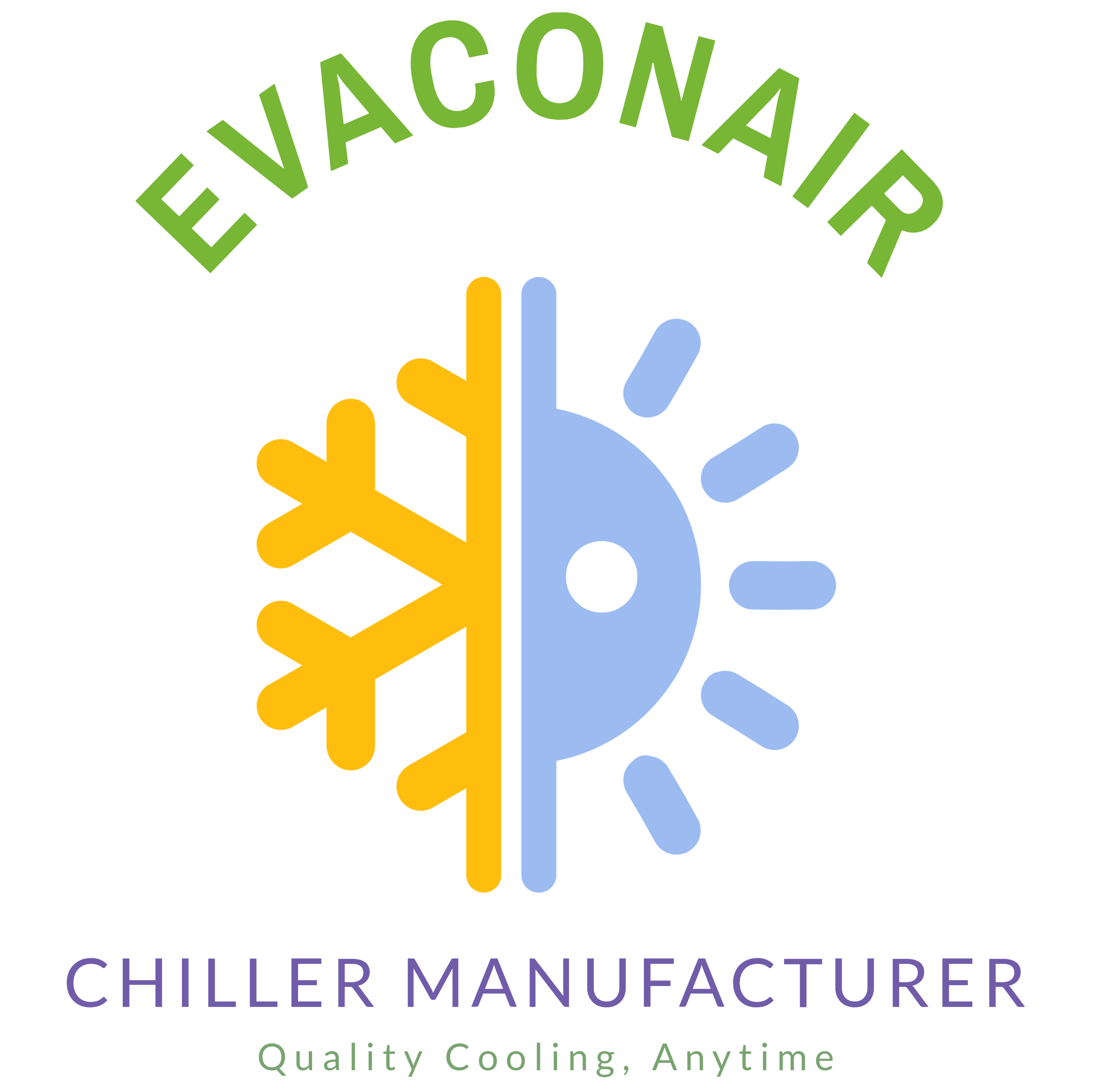Blog
HVAC ventilation is a crucial component of heating, ventilation, and air conditioning systems, ensuring indoor air quality and comfort. The ventilation system is designed to exchange or replace the air in a space, providing high indoor air quality by controlling temperature, replenishing oxygen, and removing moisture, odors, smoke, heat, dust, airborne bacteria, carbon dioxide, and other gases.
Key Components of HVAC Ventilation
1. Air Ducts
Air ducts are the channels through which air is distributed throughout the building. They play a vital role in the ventilation process by delivering fresh air to various rooms and removing stale air. Proper ductwork ensures efficient airflow and energy efficiency. Discover more about HVAC air ducts.
2. Air Handling Units (AHUs)
Air Handling Units (AHUs) are responsible for conditioning and circulating the air. They typically contain filters, fans, heating and cooling elements, and dampers to regulate the air. Learn more about AHUs and their role in HVAC systems.
3. Ventilation Fans
Ventilation fans are used to move air into and out of spaces. They can be exhaust fans that remove stale air or supply fans that bring in fresh air from outside. Explore ventilation fan options.
4. Filters
Filters are essential in trapping dust, pollen, and other airborne particles, ensuring that the air being circulated is clean and healthy. Regular maintenance and replacement of filters are necessary to maintain air quality. Check out our filter solutions.
How Ventilation Systems Work
1. Air Intake
Fresh air is drawn from the outside through the intake vents. This air is often passed through filters to remove contaminants and pollutants.
2. Air Conditioning
The fresh air is conditioned by heating or cooling systems to reach the desired temperature. This process ensures that the indoor environment remains comfortable regardless of the outdoor conditions. Learn more about HVAC conditioning systems.
3. Air Distribution
The conditioned air is then distributed throughout the building via ductwork and vents. Properly designed duct systems ensure that air reaches all areas of the building efficiently. Discover our air distribution solutions.
4. Exhaust
Stale air is expelled from the building through exhaust vents. This process helps remove pollutants, moisture, and odors, maintaining indoor air quality. Explore our exhaust systems.
5. Air Recirculation
In some systems, a portion of the indoor air is recirculated back into the system. This recirculated air is mixed with fresh air, conditioned, and redistributed. This process helps in energy conservation and maintaining a balanced indoor environment.
Importance of HVAC Ventilation
- Improves Air Quality: Effective ventilation removes pollutants and brings in fresh air, enhancing indoor air quality.
- Regulates Humidity: Ventilation helps control indoor humidity levels, preventing mold growth and ensuring comfort.
- Energy Efficiency: Modern ventilation systems are designed to be energy-efficient, reducing the overall energy consumption of the HVAC system.
Conclusion
HVAC ventilation is essential for maintaining a healthy and comfortable indoor environment. By understanding how the components like air ducts, AHUs, ventilation fans, and filters work together, you can appreciate the importance of a well-maintained HVAC system. For expert HVAC ventilation solutions and services, contact EVACONAIR.
